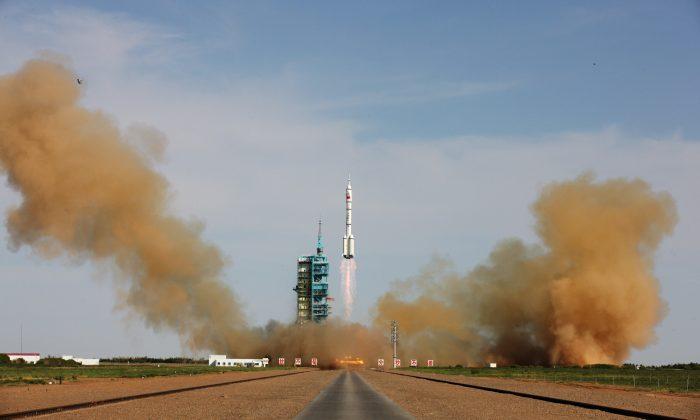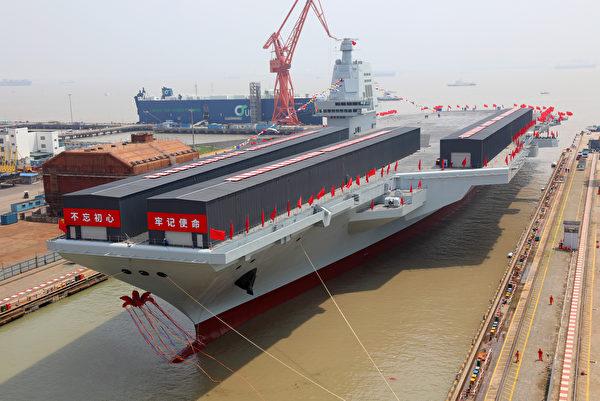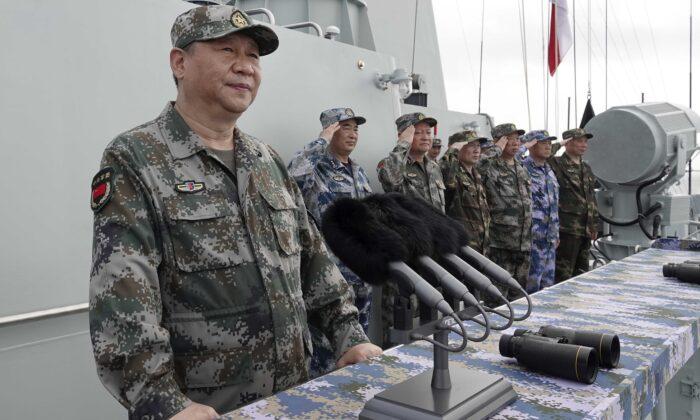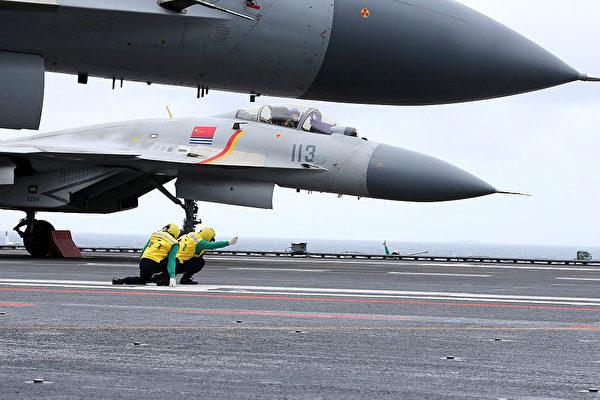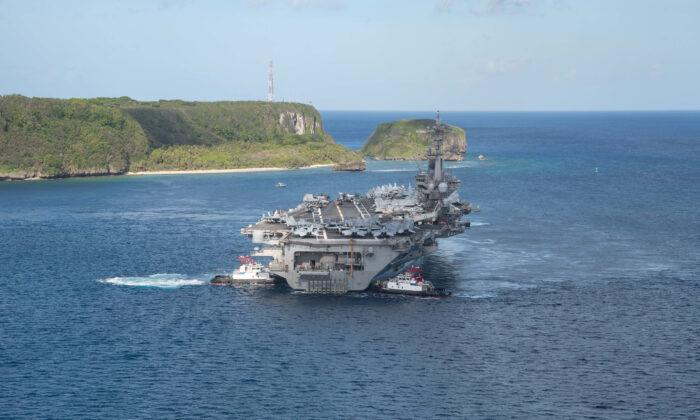Commentary
On Oct. 19, the 6th China (International) Commercial Aerospace Summit Forum was held in Wuhan, the capital of Hubei Province. Chinese media touted Beijing’s aerospace program, in particular, the “Tengyun project.”
The Tengyun project was unveiled in 2016 by
China Aerospace Science and Industry Corporation (CASIC). The reusable space plane is made up of two planes, with the larger aircraft acting as a carrier aircraft. It is a new generation of aerospace vehicles that can take off and land horizontally and be used repeatedly to achieve cheap, safe, and convenient air-to-air shuttle flights, Chinese media reported.
In fact, the space plane project is nothing new. In the 1980s, the Civil Aviation Administration of China rolled out the “
869 project“ which aimed to develop space shuttles. But at that time, the Chinese regime lacked the technical expertise and financial resources to develop its own space program.
Meanwhile, the United States and Russia took different aerospace directions. The former Soviet Union used rockets to launch the spacecraft and only the manned capsule returned. The United States developed the reusable and returnable space shuttle model.
With the disintegration of the Soviet Union, the Chinese Communist Party (CCP) obtained a lot of information and expertise from Russia’s former republics. China quickly embarked on its own spacecraft model that imitated the former Soviet Union’s, including a space station.
After entering the World Trade Organization (WTO), the CCP received a lot of funds and continued imitating the spacecraft model of Russia.
However, after nearly 30 years, the CCP’s spacecraft technology is still lagging behind Russia’s—both manned spaceflight and space station are suffering from short lifespans and have remained at their experimental phase. One of the main reasons is that China is behind in semiconductor technology and Washington
restricts Beijing’s access to chipmakers. Semiconductor
chips are used in spacecraft technology such as space vehicles.
Military Ambitions
The CCP’s space plane project was renamed the “Tengyun project” a few years ago. Such projects do not focus on outer space and manned spaceflight, but aim at the space near the Earth, which has more realistic military value.
The Tengyun project is part of the commercial aerospace projects launched by CASIC in 2016. CASIC is one of the two Chinese aerospace conglomerates, and is also China’s main missile manufacturer. It claimed that Tengyun can take off from an ordinary airport and put the spacecraft into orbit, a flight altitude of 12 to 62 miles (20 to 100 kilometers) above the ground, and it can also be powered by solar energy, state-run Xinhua reported.
In 2018, CASIC claimed that Tengyun has succeeded in the first verification flight of combined engine model conversion and completion of the first flight is expected in 2020, Xinhua reported.
On Sept. 4, Xinhua reported that China successfully launched a “reusable experimental spacecraft” with a Long March-2F carrier rocket from the Jiuquan Satellite Launch Center in northwest China.
The Chinese regime is very eager to catch up with the United States. The CCP realized that the military use of the space planes developed by the former Soviet Union was limited. The earliest Chinese carrier rocket developed actually focused on intercontinental ballistic missile technology, and
Dongfeng-41 can now be produced. But most of the technology comes from Russia.
During the Cold War, both the United States and the Soviet Union wanted to develop space planes, which had greater military significance. After the end of the Cold War, the United States suspended the space race, but continued to develop space planes. Under the Trump administration, the United States has re-emerged in the field of manned spaceflight. Space planes are also in actual operation. Today, the U.S. Air Force owns
two X-37B vehicles, a highly classified spacecraft technology.
According to what the CASIC delivered in the Forum, the Tengyun project will be put into commercial use within five years. However, this type of project has no commercial value, but military use. Sending such a message is tantamount to delaying the project for at least five years.
It is clear that the Chinese regime’s aerospace project continues to lag far behind.
Shen Zhou, a former design engineer for military vehicles, is a China observer who has paid close attention to the Chinese regime’s military expansion over the years. He started contributing to The Epoch Times in 2020.
Views expressed in this article are opinions of the author and do not necessarily reflect the views of The Epoch Times.
